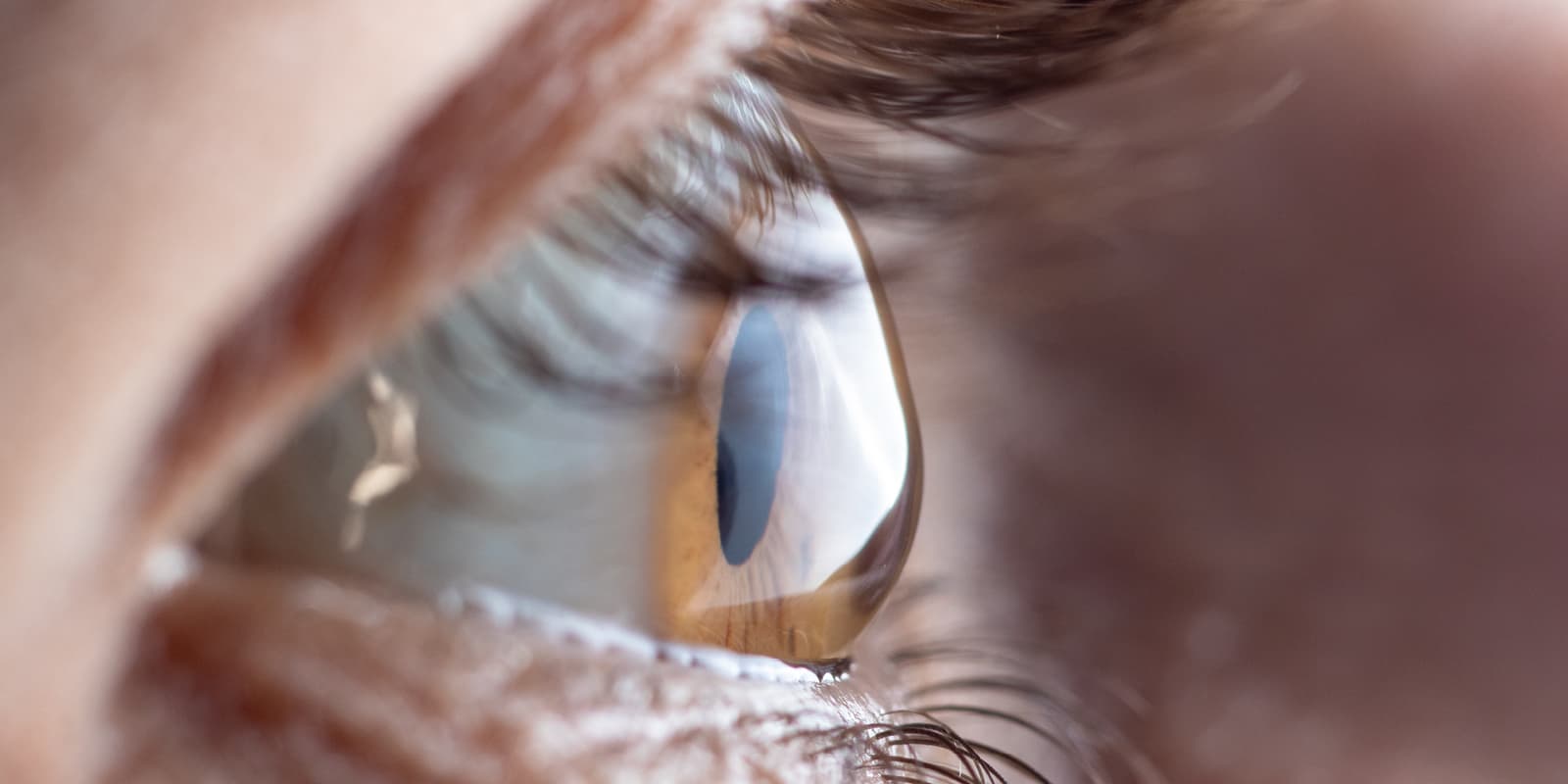Keratoconus is a thinning of the central zone of the cornea (the front surface of the eye).
As a result of the thinning, the normally round shape of the cornea is distorted and a cone-like bulge develops, resulting in significant visual impairment. The cornea is similar, structurally, to the crystal of a watch. If this crystal is not smooth, the light will not bend evenly and an irregular image will be formed, like looking through a bumpy piece of glass.
Keratoconus is a slowly progressive condition often presenting in the teen or early twenties with decreased vision or visual distortion. However, many people have been diagnosed in their mid to late thirties; this is usually a more mild form of the disease. This condition is not typically associated with redness, inflammation or other acute symptoms and therefore may go undetected for long periods of times.
What causes keratoconus?
The cause of keratoconus remains unknown, although recent research seems to suggest that it may be genetic in origin. Certainly some cases have a hereditary component and studies indicate that about 8% of patients have affected relatives. Excessive eye rubbing has also been implicated as a causative factor.
How common is keratoconus?
Keratoconus is estimated to occur in 1 out of every 2000 persons in the population. There appears to be no significant preponderance with regards to either males or females. Over 90% of patients will have both eyes effected, though it is not uncommon to experience more changes in one eye only.
What are the signs and symptoms?
The only clue to a keratoconus diagnosis may be from corneal measurements or a corneal topography map (See below). A topographical map of the cornea will show the high and low spots on the cornea, much like a topographical map of the earth shows mountains and oceans.
How is keratoconus treated?
The initial symptoms of keratoconus are usually a blurring and distortion of vision that may be corrected with spectacles in the early stages of the condition. Frequent changes to the spectacle correction may be required as the cornea becomes progressively thinner. As this conditions progresses, vision will no longer be correctable with glasses as the cornea becomes highly irregular. Keratoconic rigid contact lenses are then required to provide optimal visual acuity. Soft contact lenses are usually not an option as they cannot correct for the irregular astigmatism associated with keratoconus. In about 15% of cases, the keratoconus progresses to the stage where corneal transplants may be considered if other treatment methods fail.
Most people will have a mild or moderate form of keratoconus. Less than 10% of keratoconics will develop the most severe form.

